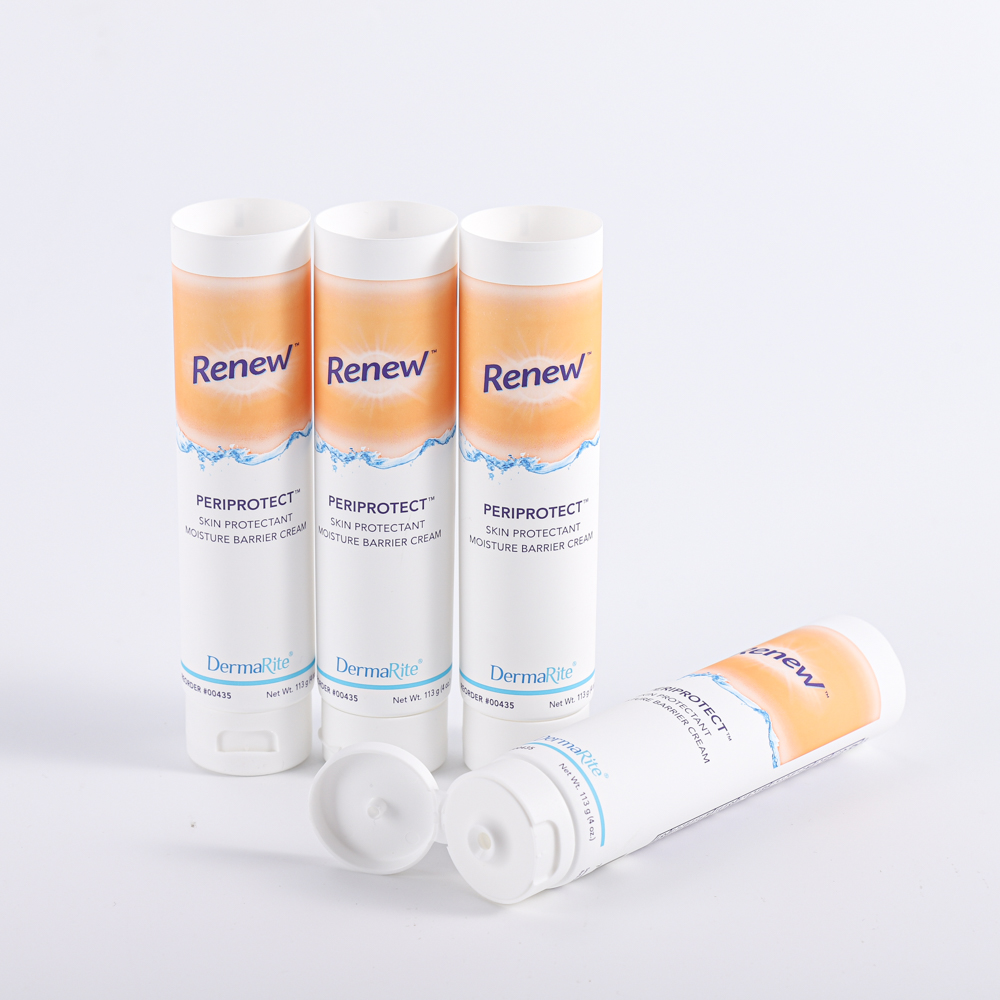With the video transmitter and receiver used, wireless video conversion is possible. Most wireless surveillance cameras are equipped with a built-in video transmitter and a separate video receiver. Once the wireless pass-through receiver is installed, it is directly connected to a security monitor, and the video signal of the interval camera record or other components of the surveillance network camera system in a more complex system will be sent.
Should we use a wireless surveillance camera? This is a surveillance camera system designed for one of the most common problems. The answer to this question does not seem to be that simple. All wireless surveillance cameras seem to be the easiest solution, and no extra cables mean more cost savings. But this is not the case. Before you make such a decision, there are a few things you need to know about wireless systems. Wireless surveillance network cameras are not completely wireless, we can't just look at their names because it simply refers to video signals. Even if there is no wireless surveillance camera required for the video cable, it still requires power, which means that the camera needs a cable. If there is no power outlet near the camera, then the power socket must be installed so that the camera can work normally.
In addition, when using a wireless network camera when designing a system, the number of frequencies available is limited. Most wireless surveillance cameras have 4 different frequencies. This means that the frequency range in which you use four cameras is limited at each location. Fortunately, there are combinations of cameras from two frequency ranges that can expand the number of cameras in each position to 8. Like many other wireless devices, you may be familiar with the fact that transmitters and receivers between different objects can cause reception problems. By receiving metal and clear line of sight material is a good range of Zui reception. Therefore, when designing a wireless monitoring system, keep in mind that the number of walls or objects between the wireless surveillance camera and the receiver is kept to a minimum to achieve the desired reception.
Now that you have a better wireless surveillance network camera, you should be able to decide that future wireless surveillance cameras are the right choice for you. If so, you can use countless applications. They can be used almost anywhere, but the most common is covert video surveillance. Such as bank cameras, lobby cameras, museums or surveillance of high-value objects, because it makes it difficult for intruders to find monitoring devices, so it is impossible to align and destroy.
Skincare Packaging Tube
Skincare packaging tubes are popular for several reasons. Firstly, they are lightweight and easy to carry around, making them perfect for travel or on-the-go use. Secondly, they are hygienic and help to keep the product fresh and free from contamination. Finally, they are easy to use, with a simple twist or squeeze mechanism that allows the product to be dispensed easily.
Some common types of skincare packaging tubes include:
1. Squeeze tubes: These are the most common type of skincare packaging tube, with a simple design that allows the product to be dispensed by squeezing the tube.
2. Pump tubes: These tubes have a pump mechanism that allows the product to be dispensed without the need for squeezing.
3. Roll-on tubes: These tubes have a rollerball applicator that allows the product to be applied directly to the skin.
4. Airless tubes: These tubes use a vacuum mechanism to dispense the product, which helps to keep it fresh and free from contamination.
Overall, skincare packaging tubes are a versatile and convenient way to store and dispense skincare products, and are a popular choice for both consumers and skincare brands alike.

Skincare Packaging Tube,Skin Care Tube Packaging,Plastic Extruded Tube Packaging,Cosmetic Tubes
Suzhou Sanxin Tube Co.,Ltd. , https://www.zjpackagingest.com
